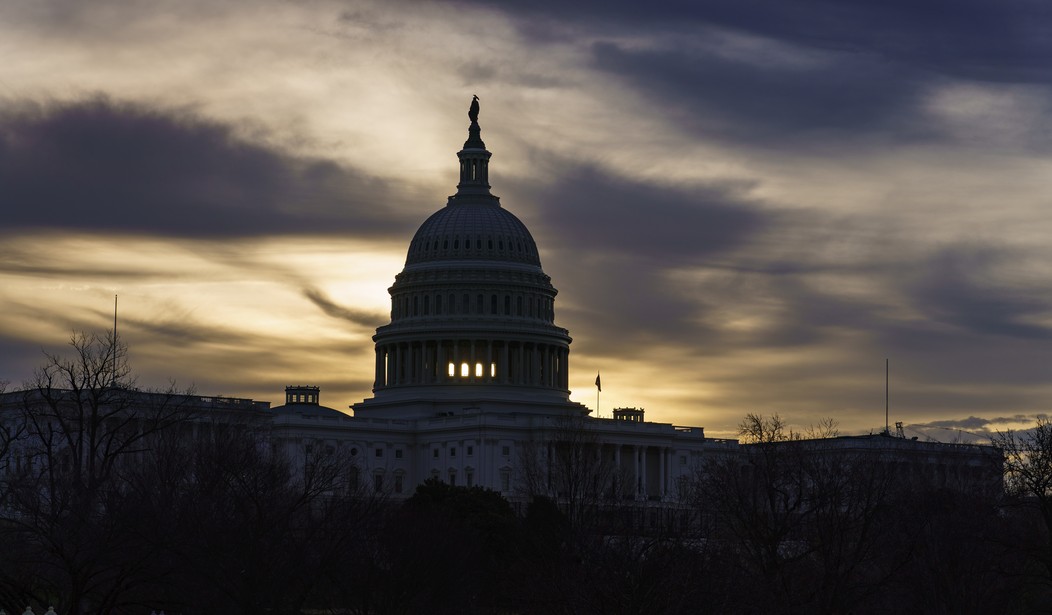It’s become conventional wisdom that the Democrats are going to be drowned by a red wave in November, destroying their majorities and setting them up to lose the presidency in 2024.
Beware Conventional Wisdom! The impact of unforeseen events could help Democrats avoid the worst, perhaps salvaging their majority in the Senate.
But there are some economic indicators that have been reliable guides to political outcomes for half a century. Since the early 1970s, the “misery index” — the inflation rate added to the unemployment rate — has been uncanny in predicting the number of seats in Congress lost by the party in power.
Related: The U.S. Misery Index Worsens as Unchecked Bidenflation Grows
In our present circumstances, that means the Democratic Party and Joe Biden. Needless to say, the inflation rate is what’s on most Americans’ minds right now, and it probably will be on election day. Coupled with the unemployment rate, what does that combined number predict for the midterms?
A new study by Bloomberg Economics takes one gauge with a knack of predicting ballot outcomes — the misery index, calculated by adding up the inflation and unemployment rates — and projects it forward through election day.
The result: Based on past voting patterns, President Joe Biden’s party can expect to lose 30 to 40 seats in the House and a few in the Senate too, easily wiping out razor-thin Democratic majorities.
Isn’t that kind of a facile way to predict the outcome of an election? Democrats might ask. What about abortion? What about guns? What about Trump? What about our rage?
Fahgettaboudit.
There are lots of forecasting models, using all kinds of inputs — not just economic ones — and they’re predicting a range of outcomes. The analysis firm Inside Elections, for example, sees likely Democratic losses in the House at between 12 and 30 seats. Others indicate anything from a wash, with both parties ending up roughly where they started, to GOP gains of 45 seats or more.
Still, the consensus is that Democrats face an uphill battle. On most days lately, there’s enough in the economic headlines to suggest that a reverse for the incumbent party is all but baked-in.
The Misery Index is such an excellent predictive model because it boils down all the angst, worry, anger, and fear in the electorate into one, easy-to-read and understandable number.
Bloomberg Economics projects an index reading at 12% in October. Take away the worst months of the pandemic crisis in early 2020, and that’s close to the highest levels seen for a decade and more -– rivaling the aftermath of the Great Recession, when unemployment hit 10% and Democrats got what then-President Barack Obama called a “shellacking’” in the midterms.
Democrats lost 54 House seats in 2010 as well as six Senate seats. The GOP won’t achieve that kind of blowout, mostly for technical reasons (fewer competitive seats due to redistricting and the sharper partisan lines drawn due to better modeling and more exact data).
But thirty seats seem well within reach. As always, the Senate is more difficult to predict, especially since there are probably going to be one or two GOP incumbents who lose their re-election fight. But it’s better-than-even money that Republicans wrest control of the Senate as well.
In November, the misery is going to be very blue, indeed.










Join the conversation as a VIP Member